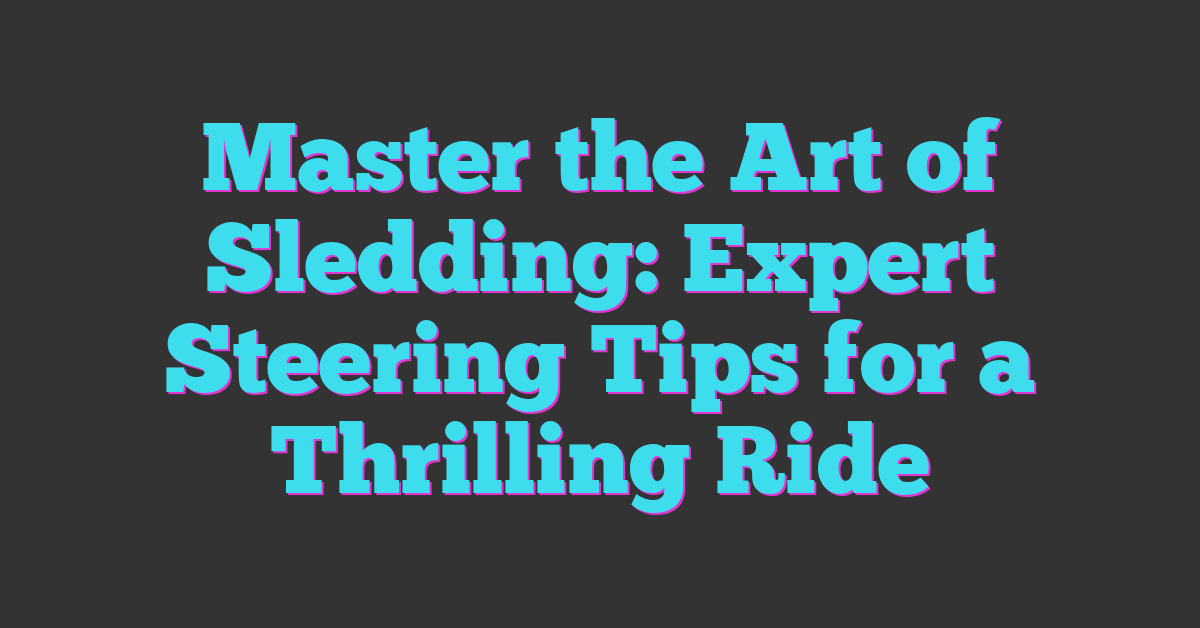Riding on flat terrain can be a delightful experience, whether you’re cruising through a park or commuting to work. The smooth, even surface invites you to enjoy the ride and soak in the scenery around you. But mastering this type of terrain requires a few key techniques to ensure you get the most out of your journey.

Understanding Flat Terrain
Flat terrain offers a unique and enjoyable experience for riders, whether you’re gliding through scenic parks or commuting on smooth surfaces. Mastering the nuances of this type of landscape enhances your overall enjoyment and helps you appreciate your surroundings fully.
Characteristics of Flat Terrain
- Even Surface: Flat terrain features minimal elevation changes, providing an uninterrupted ride. Its smooth nature allows for stable navigation and consistent speed.
- Wide Open Spaces: Typically, flat areas include expansive vistas, making them ideal for leisurely rides. You can appreciate your surroundings without worrying about steep drops or sudden turns.
- Consistency in Conditions: Flat terrain often presents predictable snow conditions, whether it’s packed powder, hardpack, or spring slush. This consistency allows you to refine your skills and techniques effectively.
- Accessibility: Many flat areas are beginner-friendly, allowing aspiring riders to build confidence without the intimidation of steep slopes or challenging features.
Benefits of Riding on Flat Terrain
- Improved Technique: Riding on flat terrain fosters a focus on balance, control, and technique. You can practice turns, stops, and acceleration without the complications of elevation changes.
- Longer Rides: The lack of challenging gradients permits longer rides, making excursions more enjoyable. You can cover more distance while soaking in the sights.
- Social Opportunities: Flat terrain often attracts fellow riders, providing opportunities for social interaction. It’s an ideal setting for group rides and bonding over shared experiences.
- Relaxation: The serene environment allows for a more relaxed riding pace. You can enjoy the scenery and fresh air, providing a break from the adrenaline rush of steeper runs.
Riding on flat terrain presents unique characteristics and benefits that enhance your snow sports experience. Embracing this style of riding opens avenues for enjoyment and skill development amidst beautiful winter landscapes.
Preparing for Your Ride
Preparing for your ride on flat terrain helps set the stage for an enjoyable experience. Focus on selecting the right equipment and gearing up for comfort and safety.
Choosing the Right Equipment
Choosing the right equipment enhances your ride. Opt for skis or a snowboard designed for flat terrains; these typically feature a wider base for better stability and control. Look for models that caters to your skill level, whether you’re a beginner or an advanced rider. Adjust bindings to match your stance and riding style. If you’re into skiing, consider Nordic skis; if you prefer snowboarding, a shorter board offers easier maneuverability.
Essential Gear for Comfort and Safety
Essential gear keeps you comfortable and safe during your ride. Wear moisture-wicking layers to regulate body temperature and prevent overheating. Insulated jackets and pants provide warmth and protection from the elements. Don’t forget about accessories—gloves, hats, and neck gaiters keep extremities warm.
Always wear a helmet to protect your head, regardless of your skill level; safety comes first. Consider goggles for visibility in snowy conditions. For added convenience, use a hydration pack to stay hydrated on longer rides. By equipping yourself properly, you ensure a more enjoyable experience while you navigate the smooth and open expanses of flat terrain.
Riding Techniques for Flat Terrain
Mastering techniques for flat terrain can elevate your snow sports experience. Understanding how to navigate these smooth surfaces makes for thrilling rides, whether you’re commuting or enjoying a day in the park.
Maintaining Speed and Momentum
- Focus on a consistent rhythm to maintain speed. Glide smoothly by using gentle, controlled pushes.
- Apply short, deliberate strides for balance. This enhances your momentum without exhausting energy.
- Lean slightly forward while riding. This positioning helps in maximizing propulsion and keeping momentum steady.
- Use terrain features like small slopes or gentle rises to your advantage. These can boost your speed without requiring excessive effort.
- Keep your edges engaged on turns. This allows for better grip and helps maintain speed as you carve through the terrain.
Body Positioning and Posture
- Stay relaxed and aligned. Maintain an athletic stance by bending your knees and keeping your body slightly forward.
- Distribute your weight evenly across both skis or snowboard. This balance enhances control and stability.
- Look ahead rather than down. Focusing on where you want to go helps with steering and maintaining speed.
- Keep your arms slightly out to your sides for balance. This posture allows for quick adjustments during your ride.
- Adjust your hips to face your direction. Proper hip alignment facilitates smooth transitions and cornering on flat terrain.
Common Challenges and Solutions
When riding on flat terrain, you may face some challenges that can affect your experience. Understanding these obstacles and their solutions can help you enjoy your time on the snow.
Dealing with Wind Resistance
Wind can be an unwelcome companion on flat terrain. It may slow you down and require extra effort to maintain speed. To manage wind resistance effectively, consider these strategies:
- Lower your profile: Crouch down to reduce your surface area, minimizing wind impact.
- Choose your route wisely: Opt for paths that offer natural windbreaks, like trees or hills, to shield yourself from gusts.
- Utilize gear: Wear aerodynamic clothing designed for snow sports. It can help cut through the wind more efficiently.
Managing Fatigue During Long Rides
Long rides on flat terrain can lead to fatigue if not managed correctly. Employ these techniques to keep your energy levels up:
- Pace yourself: Set a steady rhythm to conserve energy over time. Avoid the temptation to push hard at the start.
- Take breaks: Schedule short breaks to rest and hydrate. This will recharge your body and keep your focus sharp.
- Engage your core: Strengthen your core muscles for better stability and reduce strain on your legs. This will help you maintain endurance throughout your ride.
By addressing these common challenges with effective solutions, you can enhance your enjoyment of flat terrain riding and make every outing on the snow memorable.
Conclusion
Riding on flat terrain opens up a world of fun and relaxation. You get to enjoy the scenery while honing your skills without the stress of steep slopes. With the right preparation and techniques you can make the most of every ride.
Remember to equip yourself properly and focus on maintaining your rhythm. As you glide along those smooth surfaces find joy in the experience and embrace the freedom that comes with it. Whether you’re commuting or just having fun take the time to appreciate what flat terrain has to offer. Happy riding!










